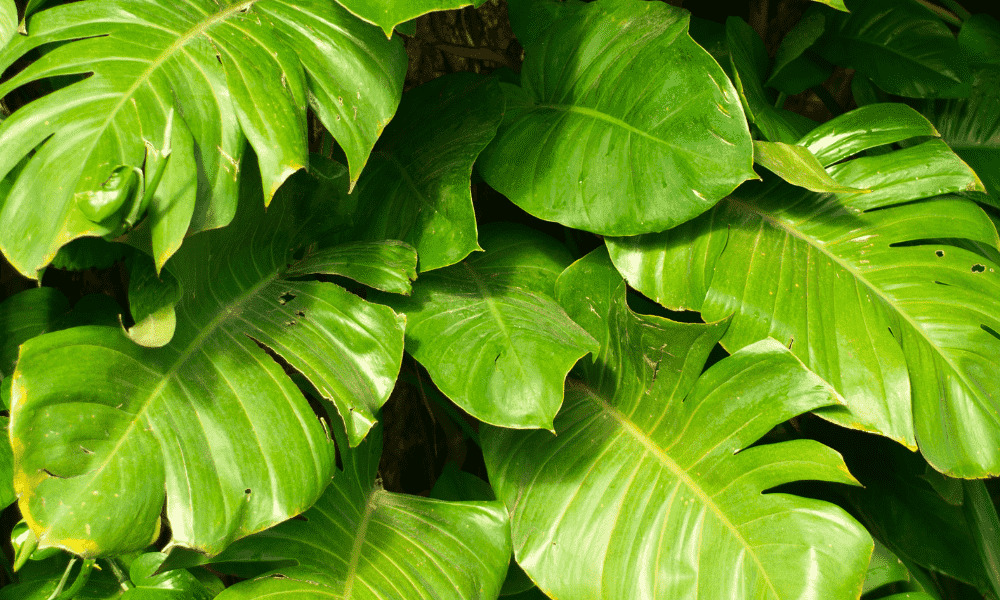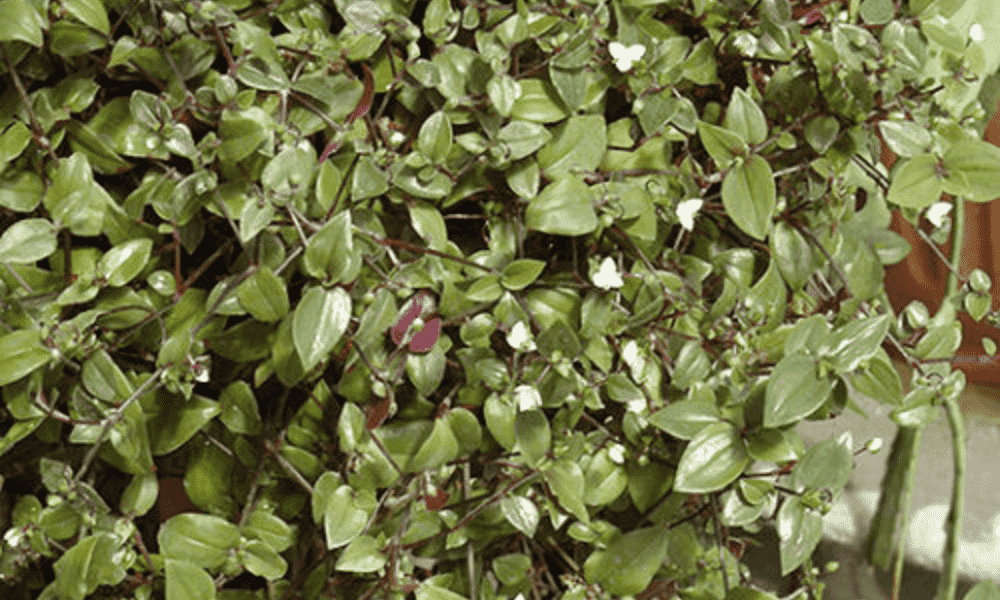Rio Dipladenia is a stunning tropical plant that brings a burst of color and elegance to any garden or home. Native to warm climates, the Rio Dipladenia is cherished by garden enthusiasts all around the world. With its radiant blooms in shades of pink, red, and white, this plant not only adds a touch of exotic charm but is also renowned for its resilience and ease of care. Whether you’re a seasoned gardener or just beginning your gardening journey, the Rio Dipladenia is an excellent choice.
What Does the Rio Dipladenia Look Like?
The Rio Dipladenia boasts trumpet-shaped flowers that come in a palette of deep romantic reds, soft and subtle pinks, and pure pristine whites. These blooms capture the essence of tropical beauty, standing out brilliantly against the plant’s glossy green foliage. The colors are particularly striking in sunlight, where they seem to glow with a radiant intensity. This makes the Rio Dipladenia a popular choice for gardeners looking to create a lively and colorful outdoor space.
Size and Growth
The Rio Dipladenia is a moderately compact plant, ideal for those with limited space. Typically, it reaches a height of about 12 to 20 inches, though it can occasionally grow taller under optimal conditions. Its spread is equally manageable, extending to about 4 to 6 inches. This manageable size makes the Rio Dipladenia perfect for container gardening, whether in pots, hanging baskets, or window boxes, offering flexibility for various garden designs and spaces.
Size Chart
| Plant Part | Measurement |
|---|---|
| Height | 12 to 20 inches |
| Spread | 4 to 6 inches |
Rio Dipladenia Plant Care
Caring for Rio Dipladenia is straightforward, making it a great plant for both beginners and advanced gardeners. Here are some key care tips:
Light Requirements
Rio Dipladenia thrives in full sun to partial shade areas. It’s generally recommended to provide your Rio Dipladenia with at least 4 hours of direct sunlight per day. More sunlight will result in more vibrant blooms.
Soil Requirements
The Rio Dipladenia flourishes in well-draining soil. An ideal soil mix for this plant would be a combination of standard potting soil with a little added perlite or sand, which enhances drainage and aeration. It prefers a slightly acidic to neutral soil pH, typically ranging from 6.0 to 7.5, ensuring ideal nutrient absorption and healthy growth.
Watering Needs
Balancing between adequate watering and overwatering is key. The Rio Dipladenia prefers its soil to dry out slightly between watering sessions. This drying-out period is crucial as it prevents the roots from sitting in excess moisture, which can lead to root rot, a common issue in many potted plants. Despite being a tropical plant, the Rio Dipladenia is decently drought-tolerant.
Temperature Preferences
For optimal growth, Rio Dipladenia prefers warm temperatures, thriving best in environments where the temperature stays consistently above 50°F (10°C). It’s important to know that Rio Dipladenia plants may not survive winters where temperatures drop below 45°F (7°C). If you live in a cooler climate, consider bringing your plant indoors during the colder months.
Fertilization
To keep your Rio Dipladenia healthy and blooming, fertilize it every two weeks with an all-purpose fertilizer. This regular feeding will provide the necessary nutrients to support robust growth and prolific flowering.
Pruning
Pruning is essential to maintain the shape and encourage bushier growth. Trim back any overgrown or leggy stems to keep the plant compact and full. Pruning can be done throughout the growing season as needed.
Benefits of Rio Dipladenia
The Rio Dipladenia is more than just an easy-to-care-for and beautiful plant. It also adds life to your garden by attracting a variety of pollinators, particularly butterflies and hummingbirds. These charming visitors add an extra layer of natural beauty to your garden, creating a lively and interactive environment.
Ecological Impact
Incorporating Rio Dipladenia into your garden or balcony contributes to the local ecosystem. The colourful blooms attract pollinators, which are essential for the health of many plants. By supporting these pollinators, you help maintain the balance of your garden’s ecosystem.
Common Issues and Solutions
While Rio Dipladenia is generally hardy, it can face some common issues:
- Root Rot: Ensure proper drainage to prevent the roots from sitting in water. Allow the soil to dry out between watering sessions.
- Pest Infestation: Aphids, spider mites, and whiteflies can occasionally affect the plant. Use insecticidal soap or neem oil to treat infestations.
- Yellow Leaves: This can be a sign of overwatering or nutrient deficiency. Adjust your watering schedule and ensure the plant is getting adequate fertilization.
Troubleshooting Chart
| Issue | Possible Cause | Solution |
|---|---|---|
| Root Rot | Overwatering | Improve drainage, reduce watering |
| Pest Infestation | Aphids, spider mites | Use insecticidal soap/neem oil |
| Yellow Leaves | Overwatering, nutrient deficiency | Adjust watering, fertilize |
Conclusion
The Rio Dipladenia is a versatile, beautiful, and easy-to-care-for plant that is perfect for gardeners of all skill levels. Its vibrant blooms and glossy foliage add a touch of tropical elegance to any space, while its resilience makes it a reliable choice for both indoor and outdoor gardening. By following the care tips provided, you can enjoy the beauty and benefits of Rio Dipladenia in your garden.
Whether you’re looking to attract pollinators, create a colorful display, or simply enjoy the joy of gardening, the Rio Dipladenia is an excellent choice. Embrace the ease and beauty of this stunning plant and watch your garden come to life.



